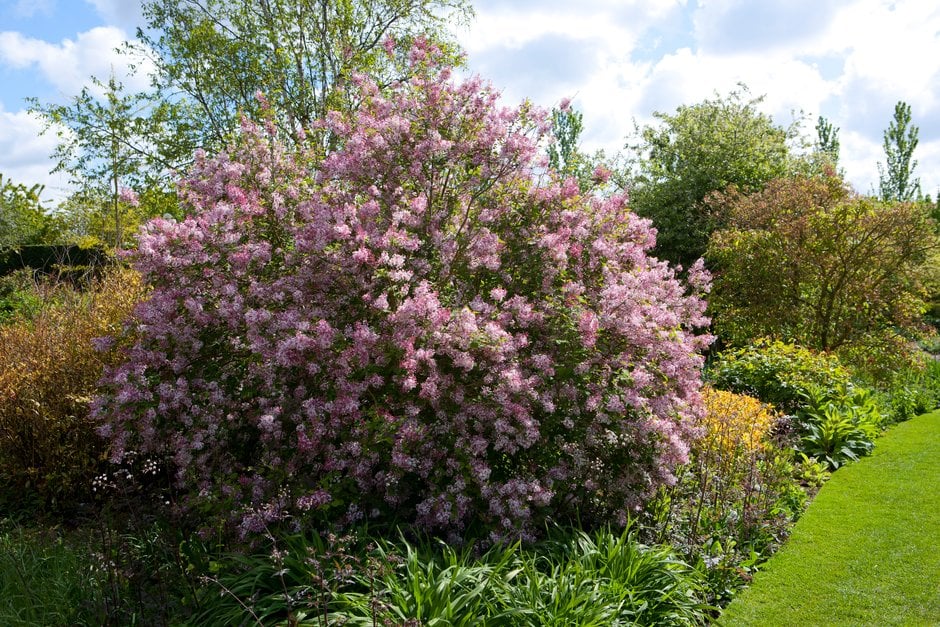How to plant a shrub
Shrubs – or bushes – are woody plants that add colour and structure to our gardens over many years. Make sure your new shrub gets off to a good start by following our easy planting steps.

Quick facts
- Most shrubs are best planted from autumn through to early spring
- Planting is quick and easy, especially for smaller shrubs
- Many shrubs provide valuable nesting sites and habitats for wildlife
- Check the plant label before buying, to ensure your shrub will thrive in your planting site
Getting started
Shrubs are a great addition to any garden, with options to suit all sizes and locations. There’s a huge range to choose from, including flowering favourites such as roses and lavender, evergreens such as holly, and fruit such as gooseberries and blueberries. Most are easy to grow and great for wildlife. For advice on choosing suitable shrubs for your garden, see our guide to shrubs and our guide to buying trees and shrubs.
Shrubs are usually sold in containers, but some (especially hedging plants) may be availableMost shrubs are best planted from autumn to spring, if the ground isn’t too wet or frozen. Containerised shrubs can be planted at other times, but will need more aftercare. Avoid planting in hot or dry weather.
What you’ll need to plant a shrub:
- Shrub – either containerised or bare-root
- Bucket of water
- Watering can or hose
- Spade and fork
- Cane
- Garden compost (if planting into clay or sandy soil)
- Mulch (organic matter, such as chipped bark)
How to plant a shrub in six simple steps
-
Give your shrub a good water
Make sure the rootball is completely soaked before planting. Standing it in a bucket of water is an easy option. -
Dig a hole
Dig to the same depth as the rootball but three times as wide. Hard, dense soil should be forked to loosen it, especially around the sides of the hole, to help the roots spread outwards. If the soil is very sandy or heavy clay, mix some organic matter (such as garden compost) into the removed soil to improve it. -
Check the roots
If they’re congested or circling around in the pot, loosen them gently to help them grow outwards into the soil. -
Position your shrub
Position in the hole so the first flare of roots sits just below the surface of the soil. Take care not to bury the base of the stems. To check it’s at the right level, lay a cane across the hole to show where the soil surface will be. Then step back and assess the shrub – is it showing off its best side? If not, turn it until you’re happy with the positioning. -
Refill the hole
Refill with your excavated soil and firm it down with your heel to get rid of any air pockets. Avoid pressing on the rootball itself. Then water well, creating a puddle before it drains away. -
Spread mulch
Add a mulch of organic matter to the soil surface, in a layer 5–8cm (2–3in) thick, to help retain moisture in the ground and deter weeds. But leave a 10cm (4in) mulch-free gap around the base of the stems. See our guide to mulching.
Aftercare
-
Water your new shrub regularly for the first year or two, especially if your soil drains freely or the weather is hot, dry or windy.
-
Top up the mulch at least once a year, to help hold moisture in the soil.
Get involved
The Royal Horticultural Society is the UK’s leading gardening charity. We aim to enrich everyone’s life through plants, and make the UK a greener and more beautiful place.